Over 25 Percent Of Suicidal Veterans Not Being Properly Screened Or Evaluated By VA, Report Says
A new watchdog report found that VA did not properly assess over 25 percent of suicidal veterans, and less than 50 percent of flagged veterans attend the required follow-up mental health appointments.
In a new series of reports issued yesterday, the Office of Inspector General (OIG) asserted the screening and evaluation failures may contribute data collecting errors. These are the kinds of errors where VA might be underreporting of the impact of its dereliction to Congress when accounting for its suicide prevention efforts.
The data from the field may make Congress think VA’s efforts are more impactful and more effective than they really are, and some of those errors addressed by OIG result in “unmitigated risks” to affected veterans.
So, the series of reports that came out yesterday exposes significant problems, but you may not notice it unless you read through the PDF of the report. More examples of how the Department of Veterans Affairs (VA) is (under)serving the veterans its Veterans Health Administration is required to help.
The timing of the reports struck me as curious being how the topic somewhat overlapped with the more consequential report being issued under the more inoquious report.
Why might OIG do that? If reporters do not notice the data, they won’t report on it. And, adverse reporting would have thrown shade over VA’s press release today showing its authors found “Anchors of Hope” in the veteran suicide data being reported… from 2022.
But what else should us veterans expect from the agency claiming that, “Ending Veteran suicide is VA’s top clinical priority, a critical aspect of President Biden’s Unity Agency for the nation…”
I’ll get more into the report in a separate article, but if preventing veteran suicide is its top clinical priority, how do you think the other priorities are doing?
What priorities do you think are really getting the focus of this administration?
Two OIG Reports On High-Risk Veterans
Two reports issued yesterday, one addressing training and oversight failures and the prior addressing real failures to provide preventative help to prevent suicide, demonstrate VA is still failing its veterans. For some reason, the Office of Inspector General elected to write two separate reports published on the same day…
Why is this still a thing?
Every day, VA claims approximately 17-18 veterans die by suicide, according to VA’s data however they spin it. We have no reason to believe the number previously used, 22 veteran suicides per day, is not accurate given squishy agency data can be when well spun. Either way, too many veterans commit suicide every day. And, America relies on VA to fix the problem, or at least to do its best to minimize instances of suicide through its medical services where able.
At least one of the solutions we focus on here is VA’s ability or inability to address veteran suicide at the agency when seeking mental health care.
Why is addressing this at a healthcare facility necessary?
Research suggests that 84 percent of individuals who died by suicide received healthcare services, mostly in medical specialty and primary care settings, in the year prior to death. That means screening and evaluation tools are vital to minimizing the risk of suicide.
We do not expect that all suicides will be preventable.
We do expect that VA will be good stewards with the money Congress provides the agency. That should include its own agency officials participate in the training even the agency believes should undertaken by all related staff.
Real Impact Of Failure
In report 2, OIG including some alarming failures that are not obvious until you read more deeply.
OIG found mental health teams failed to properly document assessments for 27 percent of patients, and clinicians failed to complete safety plans for 12 percent of veterans prior to discharge, as required.
This failure has a real-world impact, especially for veterans in a crisis who believe they are receiving the best care possible from VA but still have challenges.
More importantly, OIG admitted that VA failed to screen veterans who are at high risk for suicide in more than 25 percent of cases reviewed, finding “more than one-quarter of patients identified as high-risk patients did not have a completed suicide risk screening or evaluation…,” but they did purportedly have a safety plan.
Really? So you created a specific plan without evaluating the veteran to get the details needed to keep safe?
Said another way, some veterans are at high risk of suicide. VA knows they are at high risk of suicide. And, somehow, VA created a safety plan without the necessary screening or evaluation.
Right… that must be a totally legit plan. Wink.
How could VA create a effective safety plan if one does not complete a proper screening and evaluation?
If the OIG report is accurate, that suggests some VA clinicians are creating plans without necessary information exposing those same veterans to great risk if they need to rely on the plan.
Given the agency’s penchant for awarding millions in bonuses when it should not, perhaps these VA clinicians are cutting corners to create plans to boost their performance numbers to get promotions and bonuses.
Is there more bad news?
Absolutely.
The agency’s failure to screen or evaluate over 25 percent of high-risk veterans likely causes the agency to underestimate the impact of their failures – – i.e. the number of veterans where a suicide could have been prevented has lower odds of being detected in an investigation later.
The failures contribute to an “unmitigated risk” per OIG.
“Mental health unit staff’s failure to complete required suicide risk identification processes may
result in an underestimation of patients’ suicide risk and an overestimation of discharge
readiness, subsequently contributing to unmitigated risk. Further, the failure to provide patients with a safety plan upon discharge from mental health unites can contribute to patients’ deminished ability to identify specific coping strategies and supportive resources to use in times of crisis.”
So, VA thinks they are coming in 1st Place when they are really in 10th Place at helping suicidal veterans.
But don’t worry. They only get it wrong more than 25 percent of the time.
Have you ever kept your job after getting it wrong 25 percent of the time?
Compounding this, VA’s failures “may result in an underestimation of patients’ suicide risk” for more than 25 percent of veterans experiencing suicide risk. This means that the data being reported might be wrong.
In my opinion, not as a veteran but as a licensed attorney, the use of the term “may result” here seems to obfuscate the obvious. May result in errors? It seems highly probable that errors resulted since the required protocol was not followed in more than 25 percent of the instances.
On their performance evaluations, I am sure it reads, “Promote Immediately.”
In another section of the report, OIG stated veterans flagged as “high-risk” are not reporting for all required mental health outpatient appointments in 48 percent of the instances reviewed:
“Patients with a high-risk flag must have a minimum of four mental health visits in the 30 days following discharge from a mental health unit. The OIG found that in the 30 days following mental health unit discharge, 24 of the 50 (48 percent) patients with a high-risk flag attended four or more mental health outpatient appointments, 17 (34 percent) patients attended one to three appointments, and 9 (18 percent) did not attend any appointments.”
Could these failures to plan for, screen, and train also result in lower reported instances of veteran suicide?
Hear no evil, see no evil. If the data is not reported, it didn’t happen.
Where Did The Money Go?
At this point in the report, it sure seems like not enough money is being spent to hire and train the right professionals who will provide the right services to our nation’s heroes.
So, where is all the money really going?
For some context, preventing veteran suicide is a big business. Nonprofits and for-profit companies working on suicide awareness marking and programs receive millions from the agency each year.
Just in September 2024, a VA press release shows they awarded $52.5M to “community organizations” to prevent veteran suicide. In June 2024, another VA press release shows it announced $10M in funding to various agencies to help “understand and prevent Veteran suicide.”
The Congressional Research Service (CRS) reported the veteran suicide rate per 100,000 is steadily climbing and significantly higher suicide rates than adult non-veterans, “Although suicide rates have increased among the U.S. general population over the past two decades, according to the U.S. Department of Veterans Affairs (VA), veterans are disproportionately affected by suicide.”
For 2024, the CRS report shows VA spent an estimated $2.5B on suicide prevention treatment.
For suicide prevention outreach, including the Veteran Crisis Line phone counseling services, VA spent a combined estimated $920M.
I think it’s high time we follow the money, especially since the number of veteran suicides per day seems to be static over the past few years, at 17 or 18 per day, if you believe VA’s own data.
Poor Training Linked To Issue
The OIG found that VHA requires healthcare providers to complete suicide prevention training; however, the training does not address Risk ID processes or requirements. Since 2008, VHA has required suicide risk and intervention training for healthcare providers. However, the training content does not include education specific to Risk ID processes and screening and evaluation responsibilities.
Although VHA has developed additional training related to Risk ID processes and responsibilities, the training is not required, and VHA does not monitor staff training completion. The OIG determined that inadequate knowledge of Risk ID requirements may contribute to decreased adherence to suicide risk screening and evaluation, underestimation of patients’ suicide risk, and, ultimately, a failure to facilitate risk mitigation.
Based on survey responses and interviews, the OIG identified several barriers to staff fulfilling Risk ID oversight responsibilities:
- Limited engagement of facility clinical staff
- Lack of facility leaders’ support
- Limitations of performance data
- Unclear delineation of responsibilities
More than half of facility staff interviewed shared that staff perceive Risk ID as a responsibility of suicide prevention program staff. MIRECC leaders acknowledged the importance of engaging non-mental health staff who may be hesitant to screen patients due to discomfort about what to do if the screening is positive.
The OIG would expect required suicide risk assessment and intervention training to provide information related to Risk ID screening and evaluation responsibilities. The absence of required training and monitoring has contributed to a lack of clarity related to accountability for Risk ID adherence monitoring and performance improvement.

Annual Risk ID Adherence and Oversight
VHA has not established Risk ID screening and evaluation performance benchmarks and has conveyed inconsistent expectations to VISN and facility leaders and staff. Documentation reviews revealed multiple instances of delayed assessments and incomplete follow-up processes. At one facility, staff completed a behavioral health chart review 66 days after notification of a veteran’s death by suicide, significantly exceeding the required 30-day timeframe.
Based on survey responses and staff interviews, the OIG identified four primary barriers to Risk ID implementation:
- Limited engagement of facility clinical staff
- Insufficient support from facility leaders
- Performance data limitations
- Unclear delineation of responsibilities
Staffing deficiencies further compound these challenges. Analysis of workload-based staffing models revealed critical gaps in suicide prevention staffing. One facility required 3.87 full-time equivalent suicide prevention coordinators based on workload calculations, yet positions remained vacant due to delayed hiring processes.
The absence of defined performance expectations and oversight of setting-specific Risk ID requirements has contributed to inadequate suicide risk screening. Although VHA demonstrated 82 percent evaluation adherence, the OIG determined that this metric conveys limited information as it does not include patients that VHA clinical staff failed to screen initially.
The OIG would expect clear benchmarks for suicide risk screening and evaluation that reflect the clinical importance of suicide risk identification requirements. The absence of clear processes and responsible individuals has resulted in failure to identify patients potentially at risk for suicide and provide critical risk mitigation.
Setting-Specific Risk ID Requirements and Patient Care Impact
The OIG determined that VHA did not establish metrics to measure adherence to setting-specific Risk ID requirements except for emergency departments and urgent care. Research indicates that 84 percent of individuals who died by suicide received healthcare services in the year prior to death, with approximately half lacking a mental health diagnosis. Therefore, screening across all clinical settings remains critical for identifying at-risk veterans.
The OIG identified several impacts of inadequate Risk ID processes on patient care:
- Missed opportunities for risk identification due to 55 percent screening adherence
- Underestimation of suicide risk from inadequate knowledge of requirements
- Fragmented care delivery from unclear responsibility delineation
- Decreased patient trust in the healthcare system
- Limited access to risk mitigation resources
Patient trust significantly influences disclosure of suicidal thoughts. Veterans reported hesitancy during screening due to concerns about provider responses, particularly regarding involuntary hospitalization.
In emergency department settings, where suicide risk is often elevated, approximately one-third of patients with private insurance who were discharged home did not receive evaluation by a mental health professional. This gap in care creates particular concern during transitions between care settings, which represent periods of increased risk for veterans.
The OIG concluded that the absence of defined performance expectations and oversight may contribute to inadequate suicide risk screening, which ultimately results in a failure to identify patients at risk for suicide and opportunities for risk mitigation. The OIG would expect clear benchmarks for suicide risk screening and evaluation that reflect the clinical importance of suicide risk identification requirements.
Conclusion
What does all this mean?
Veterans continue to commit suicide at a pace that is increasing faster than non-veterans in the United States. VA continues to fail its obligations to provide needed care and support to veterans at high risk of suicide. Despite massive spending increases, the numbers appear to be going in the wrong direction, according to CRS.
But if you talk to VA and read their newly minted 2024 suicide report, you would think VA is doing a bang-up job. And maybe that is true in some ways, but the numbers don’t lie. More veterans per 100,000 are committing suicide each day compared to non-veterans using the same statistic, and it’s accelerating.
Should we spend more taxpayer money, or is this a dumpster fire that’s been passed on from White House administration to White House administration without making a dent?
Any way you look at it, someone somewhere wants us to believe veterans are receiving precisely the care we need exactly when we need it, facts be damned.
What shall we do?
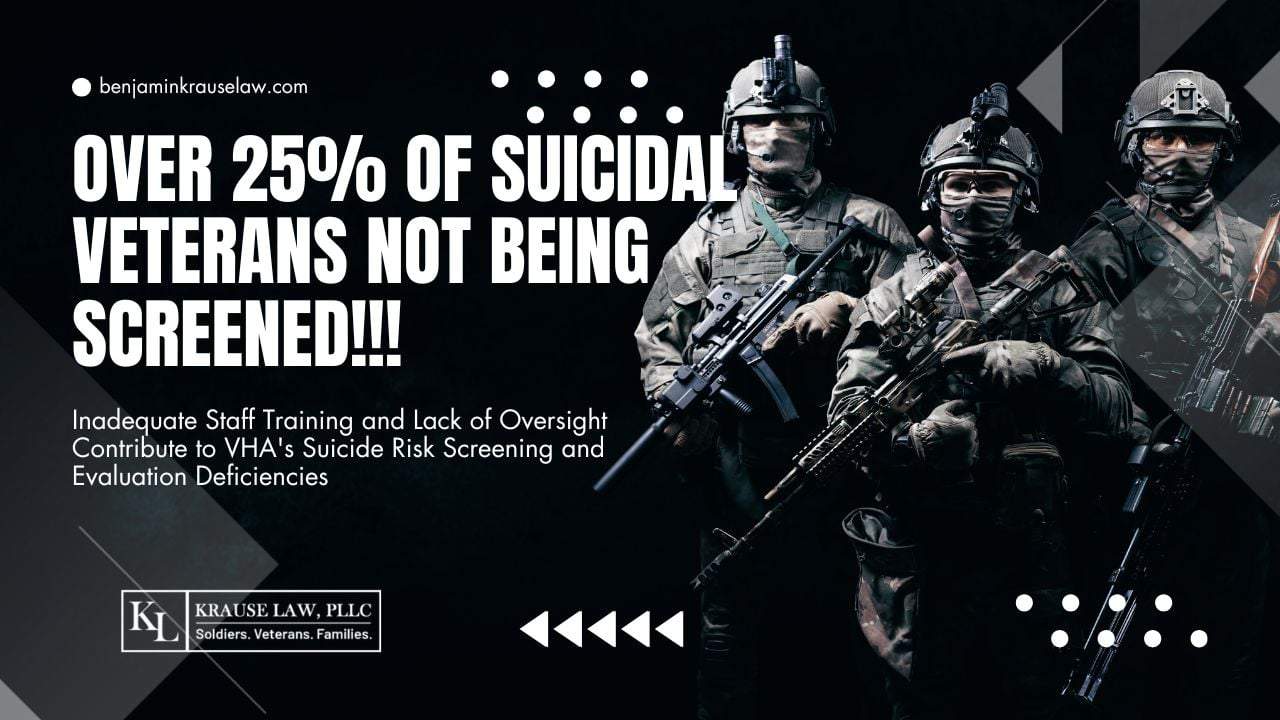
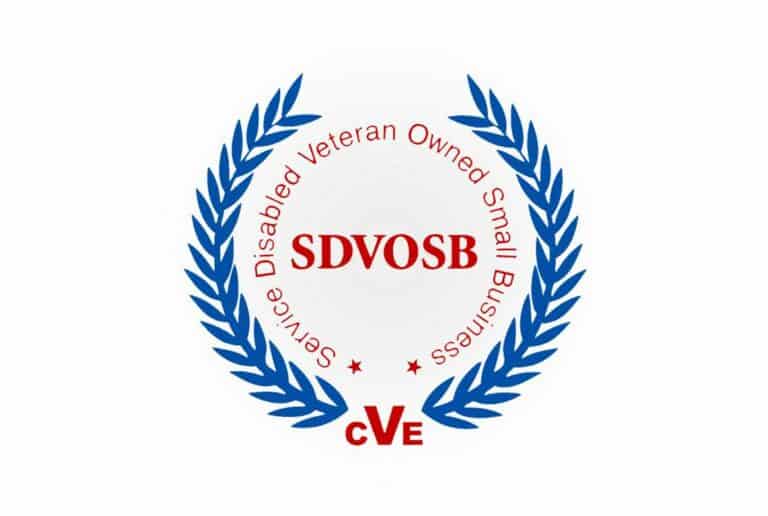
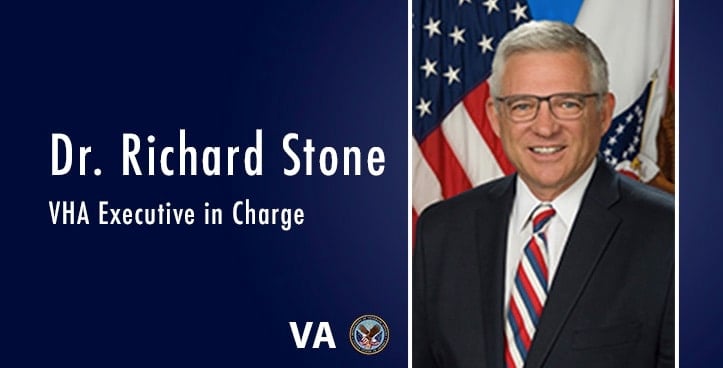
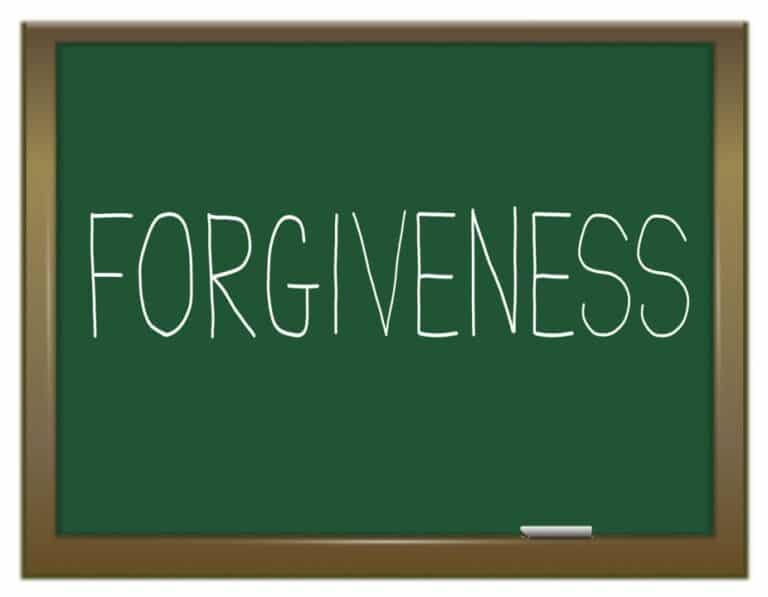
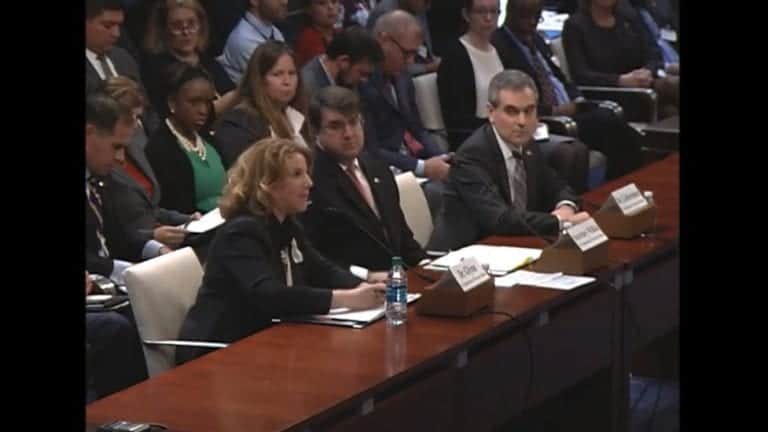
It’s never gonna end until they put an end to be flawed healthcare model that is the VA. Not everything works. Only fools continue on with things that don’t work. These people are really making a fool out of the USA.
They’re doing shit that pisses people off, then when they leave, the VA wants to violate people’s rights to get their guinea pig back. They don’t wanna fess up and change their ways. They’re gonna play like they aren’t at fault for anything ever.
The VA’s “screening”, at a PCP appt, at least my region 1 area, is one question. “Are you suicidal?” As they never look up from typing and keep asking other non-related questions. I can’t believe anyone would ever answer yes to that question even if they were suicidal because of the problems it would cause. I’d be willing to bet that the VA causes more suicides than it prevents.
I guarantee that many of the veteran suicides are triggered by the way the VA mistreats chronic pain patients. Veterans with deteriorating, painful conditions are told that they need to be off any and all opioids because of flawed and outright wrong government guidelines, so the vets are either weaned or just cut off, and then those people are in hellish pain with no recourse and they end their pain. This has happened so damn many times and the V does NOTHING to help, they just keep pushing their lies and even cover up the suicides, especially if the veterans take their own lives on VA property. The VA bureaucracy punishes people who take opioids, the only thing that gives so many some quality of life, and it seems no one cares, it is sickening.
The IG is part of the problem. When VA employees hurt veterans the IG does a little report and nothing is fixed. Trump said it best the IG protects the agency they are suppose to oversee and are removing them all out of the agencies. Remember the IG that use to beat off in the window so passer byes could watch?
The patient advocate is worse. They’re basically an intelligence gathering operation for the VA and government attorneys. Everything you say and do will be written down so they can use it against you is some kind of legal defense if need be. The front line employees do this as well. The IG at least sometimes reports their fuck ups but that’s mainly when they’ve realized that there isn’t a significant chance they’ll be successfully sued. They need to be successfully sued or they’ll never change their policies.
Since the courts don’t want to grant remedy against these malfeasant shit heads at VA, you just gotta take one for the team and go in there and beat on one of them. Don’t commit suicide man go in there and kick one up the ass. That’s the only way things are gonna change. The courts aren’t performing their function AND THAT’S WHY things are the way they are. It’s all on the derelict federal courts.
yea, but the result of your action generates so much fear in these little drones that the slightest tone of voice in a veteran patient is claimed to be a statement of violence thus security guards descend upon the veteran patient. I hope you meant that as humor of some kind.
Honestly though even if I was suicidal I’d just say no because Constitutional rights are in doubt when you go there. There’s no across the board standards at VA. You could go to one facility and things be one way, go to another and they’ll be different… with nobody being held to account by the judiciary… which is their function in our democracy by the way. A lot of the VA’s problems have to do with immunity and the judiciary just not enforcing civil and constitutional rights when the incompetent people at VA do something stupid that they know better than to do.
You are so correct. A ten-question form is designed to protect the mental illness intake person and VA. The questions are meaningless. It is a form in place to fulfill the demand that VA do something. This form itself satisfies all the VA rules. These VA rules assume that action follows.
Action never follows. Substance, in other words, is lacking. Thus, VA Standard of Care is violated in a sane person’s mind. But, in the mind of this typical robotic VA employee, this form of a survey being completed satisfies that a Standard of Care exists. VA is the only medical entity that can get away with this hogwash. In other words, completing the form satisfies the rule that Standard of Care has been provided. Substance of Standard of Care does not happen; substance meaning that a mental illness doctor consults with the veteran patient in order to provide a plan, an idea, a question of how can a veteran patient with mental illnesses be attended to? Do you understand? In other words, a form completed is medical care provided. The veteran patient never sees a mental illness doctor. Yet, the form says that VA provided mental illness medical care within the Standard of Care rule; this action is unethical and immoral if not a criminal act. It is a supreme delusion that the veteran patient is provided care. It is a supreme delusion upon American citizens who want to provide everything needed by a veteran patient. It is another example of how VA employees cause veteran suicides.